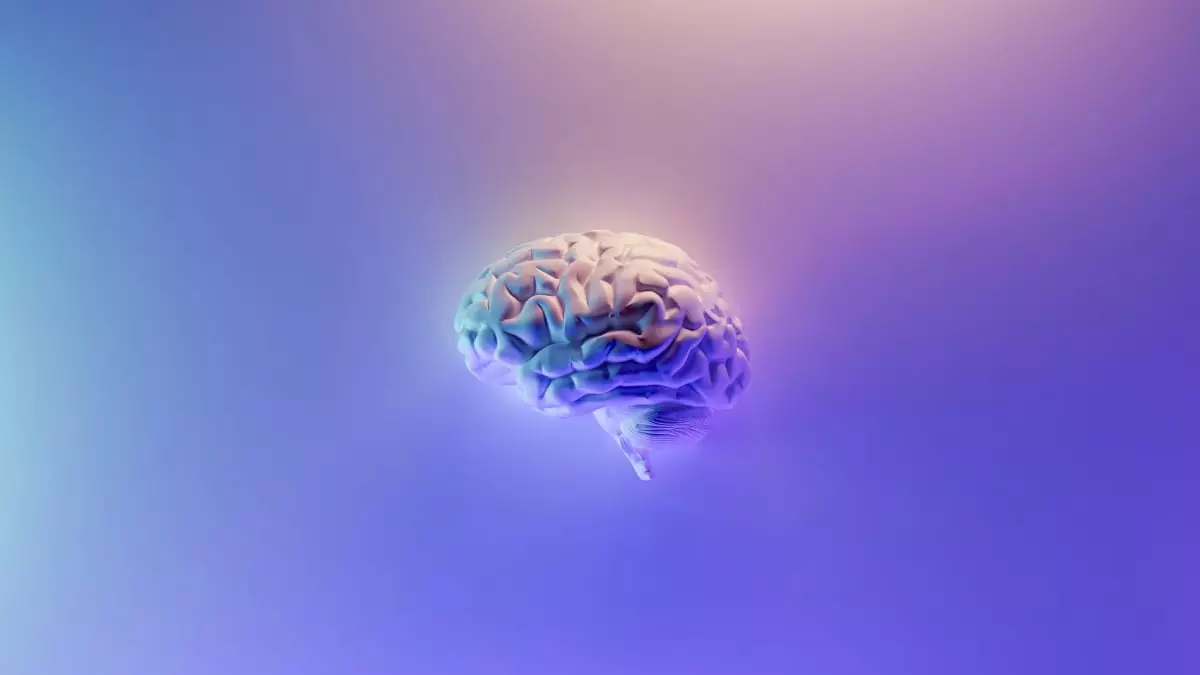In recent years, the field of neuroscience has witnessed remarkable breakthroughs regarding the mechanics of memory. Researchers are now delving into the physical remnants of memories, known as engrams, housed within neural circuitry. The in-depth understanding of how these engrams are formed and function raises intriguing questions about the feasibility of extracting memories from individuals once they have passed away. This exploration, though filled with potential, grapples with profound technical and ethical complexities that continue to challenge the scientific community.
Engrams can be thought of as the biological blueprint—a confluence of neurons activated and reinforced en masse that forms the basis for our recollections. Scientific investigations, particularly those highlighted in prominent journals like Nature, have pinpointed the hippocampus as a pivotal area where these engrams are stored. Neurons communicate through a synaptic web, weaving together memories—though these webs are far from simple. Don Arnold, a neuroscientist at the University of Southern California, emphasizes that while engrams signify the possible locations of memory storage, they do not equate to the memory itself. This distinction carries essential implications for the retrieval of memories from individuals no longer alive.
One cannot overlook the intricacy of human memory, which Charan Ranganath, acclaimed director of the Memory and Plasticity Program at the University of California, Davis, describes as inherently reconstructive. Memories are akin to a mosaic; they are not preserved in a pristine state but rather reconstructed piecemeal upon retrieval. This fundamentally dynamic aspect of memory illustrates how personal experiences intermingle with interpretation, making the exact replication of past events an arduous, if not impossible, endeavor.
Adding another layer of difficulty, memories intertwined with emotions or sensory experiences are often distributed across diverse brain regions. This dispersion complicates any hope for a streamlined process of memory extraction post-mortem. As science stands today, our current modalities are incapable of faithfully recreating the neural interconnections necessary to replicate a person’s unique experiences, let alone access the labyrinth of stored memories that they encapsulated.
Looking ahead, one cannot help but wonder about the implications of our advancing technologies. Theoretically, future innovations could devise ways to recreate these neural networks, opening avenues to simulate memories. However, the pathway to such capabilities is fraught with challenges, primarily the requirement of longitudinal brain scans throughout a person’s lifetime to accurately map cognitive pathways.
Despite the fervor surrounding this research, the consensus among scholars is clear: the memories of a person are inherently tied to their consciousness and essence, expiring with them. Until groundbreaking developments emerge, the idea of resurrecting memories from the dead remains firmly within the realm of speculation, underscoring the profound complexities of human cognition. As we continue to probe the mysteries of the brain, the endeavor to reclaim memories from the deceased remains both an enticing and elusive frontier.


Leave a Reply